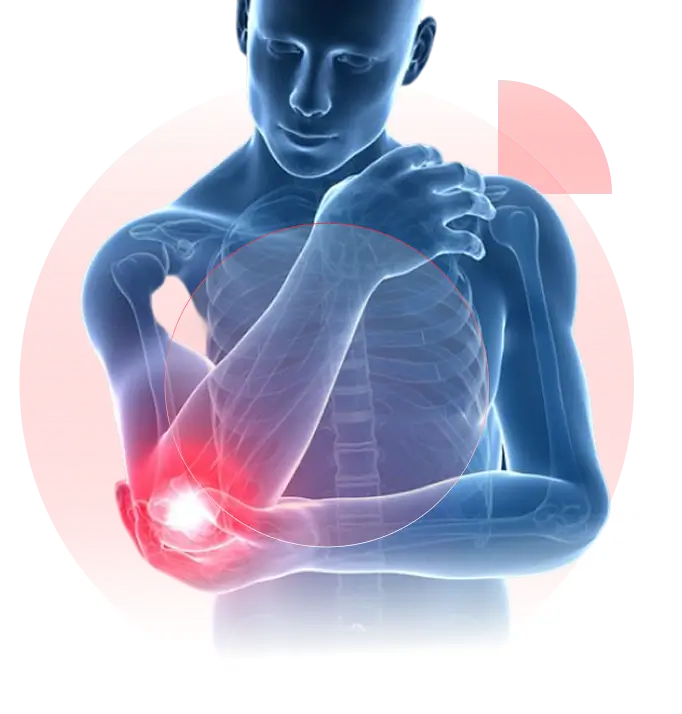Cervical Herniated Disc — Dallas Specialists for Fast, Lasting Relief
A cervical herniated disc occurs when the outer disc wall (annulus fibrosus) tears, allowing the inner material (nucleus pulposus) to press on nearby nerves. Causes include auto accidents, heavy lifting, and natural disc dehydration with age. Symptoms often mimic shoulder or elbow conditions, making precise diagnosis essential. Our specialists confirm the cause and create a personalized plan to protect both neck mobility and nerve health.

Severe neck pain radiating to the shoulder or arm
Pain that worsens when coughing or sneezing
Arm or hand weakness (dropping objects, weak grip)
Numbness or tingling in fingers (C6–C7 most common)
Electric “shock-like” pain down the arm
1
2
3
4
5
6
Request Your Same-Day Cervical Herniated Disc Evaluation
Don’t wait in pain — our expert spine specialists are available for same-day evaluations.
Sharp neck pain with radiation into the shoulder, tingling in the hand, or weakness in the arm are classic signs. Coughing, sneezing, or looking down often worsen symptoms. Early evaluation helps prevent long-term nerve injury. Learn more at Neck Pain.
Yes. Many patients improve with medications, physical therapy, and targeted injections. About 65–70% of herniated discs shrink naturally within six months. If symptoms persist or weakness develops, minimally invasive surgery may be recommended. See Physical Therapy & Rehab.
Epidural steroid injections reduce inflammation and relieve nerve pain in 60–80% of cases. Relief may last weeks to months and can be repeated up to three times a year. They also confirm whether the disc is the true pain source. See Epidural Injections.
PRP (platelet-rich plasma) injections can decrease inflammation and improve pain in early or moderate disc herniations. While PRP doesn’t “shrink” the disc itself, it reduces nerve irritation and may delay surgery. Learn more at PRP & Stem Cell Injections.
Artificial disc replacement preserves natural motion, lowering the risk of adjacent-segment disease. Fusion (ACDF) eliminates motion at that level and is preferred when instability or multi-level disease exists. Both procedures are highly successful when matched to the right patient. See Artificial Disc Replacement.
Most patients return to desk work within 3–5 days after minimally invasive endoscopic discectomy. Disc replacement or ACDF patients usually return within 1–2 weeks, depending on activity level. Heavy labor requires a longer recovery. See Spinal Surgery Procedures.